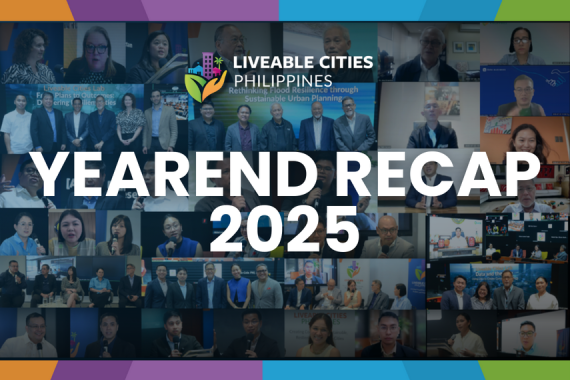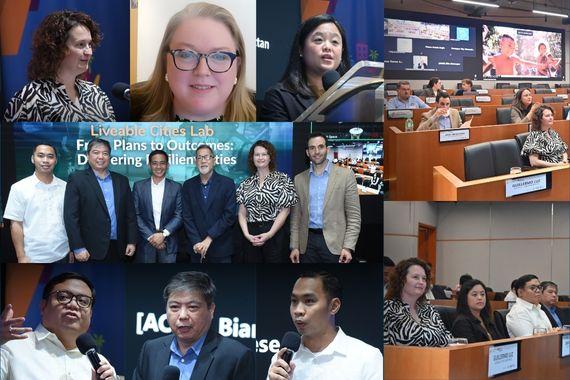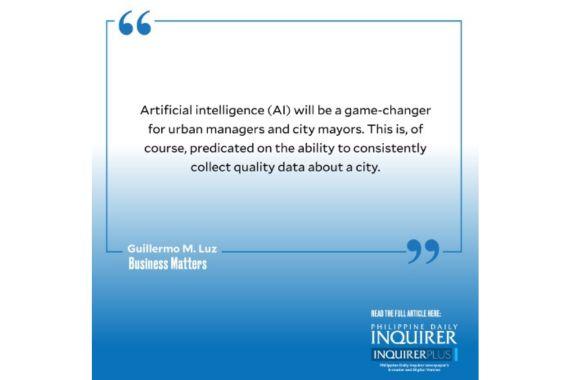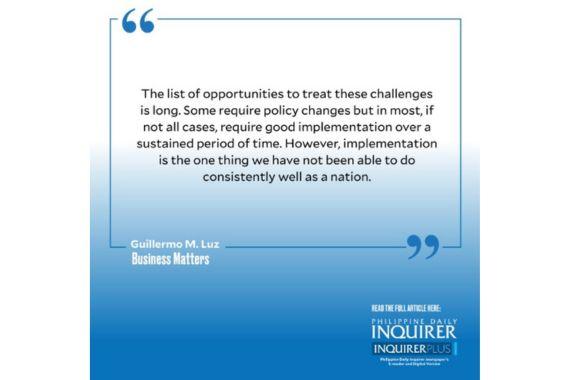YearEnd Recap 2025
We’ve come to a close of another busy year at Liveable Cities and we’d like to thank the Mayors and followers we’ve engaged with throughout the year. In the last 12 months, we’ve been able to run our Liveable Cities Labs covering major topics of interest in urban management, joined the Bloomberg Global Mayors Challenge, and co-organized World GIS Day.
For the Bloomberg Global Mayors Challenge, we are particularly proud that three Philippine cities – Cauayan (Isabela), Naga, and Pasig – have made it to the Top 50 in the world out of over 600 entries and are in the final stages of evaluation for the Top 25 city projects in the world.
From Plans to Outcomes: Building Resilient Cities in the Philippines
From Plans to Outcomes: Building Resilient Cities in the Philippines
Delivery Associates
2025
Last week, in partnership with Liveable Cities Philippines, we brought together hundreds of leaders across national and local government, philanthropy, private sector partners, and community organizations for a critical discussion: How can the Philippines move from plans to outcomes and build truly resilient cities?
From risk to readiness
Disasters are becoming more frequent, complex, and costly. According to the United Nations Office for Disaster Risk Reduction’s (UNDRR) Global Assessment Report 2025, direct global disaster losses reached $202 billion in 2023, while indirect and cascading effects pushed the true annual cost to $2.3 trillion, highlighting that the full economic toll of disasters extends well beyond immediate physical damage.
Leadership and Liveability
Through our program, we have run almost 60 Liveable Cities Labs, each focusing on different aspects of city management and urban planning. Throughout the years, we’ve covered topics like public health, education, mass transit and mobility, infrastructure, flood control, disaster resilience, waste recycling, and a host of other topics of relevance to city mayors, LGU officials, residents, and the private sector. These hybrid sessions have attracted a following of about 60 onsite participants and 150-200 online participants.
One of the most interesting labs that we have held was focused on governance, held last July. We assembled a panel of four speakers, all focused on their personal and professional perspectives on governance.
Data and the City
Cities are basically the economic engines of national economies. Regardless of whether you are looking at developed or emerging countries, cities typically outperform their own host countries in terms of GDP, productivity, innovation, and creativity. Their growth outpaces the country they belong to. That should not really be so surprising since cities are the hubs of opportunity, innovation, and community. They concentrate a large population in a relatively small space, which can create economies of scale and efficiency. When well planned, power and energy, communications, water, transportation, healthcare, education, and other basic services can be delivered efficiently and affordably. Density can be good, when well managed.
What makes a city liveable?
What makes a city “liveable”? This is a question we’re often asked at the Liveable Cities project we run. Liveability can be a subjective matter for some – what you like about a particular city, for instance. However, there are actually some common standards which people use to evaluate whether a city is “liveable”.
Urban Connect
We are pleased to announce that Liveable Cities Philippines will be joining the Urban Connect project. Urban Connect is a USAID project which focuses on urban development and management in nine cities across the Philippines: Batangas City, Iloilo, Tagbilaran (Bohol), Cagayan de Oro, Zamboanga City, General Santos City, Puerto Princesa, Legazpi City, and Tacloban.
Diagnosis
I recently had the opportunity to listen to a World Bank briefing on the “Philippines Systematic Country Diagnostic Update” during one of a series of consultative meetings done with various sectors. The main purpose of the report is to identify priorities for a country to most effectively and sustainably achieve its goal to end extreme poverty and boost shared prosperity on a liveable planet.
For the decade 2010-2019, economic growth accelerated and became more inclusive, with poverty declining by 9.5 percent. Progress accelerated from 2015 to 2018 but the pandemic which hit in 2020 reversed some of those gains.



















